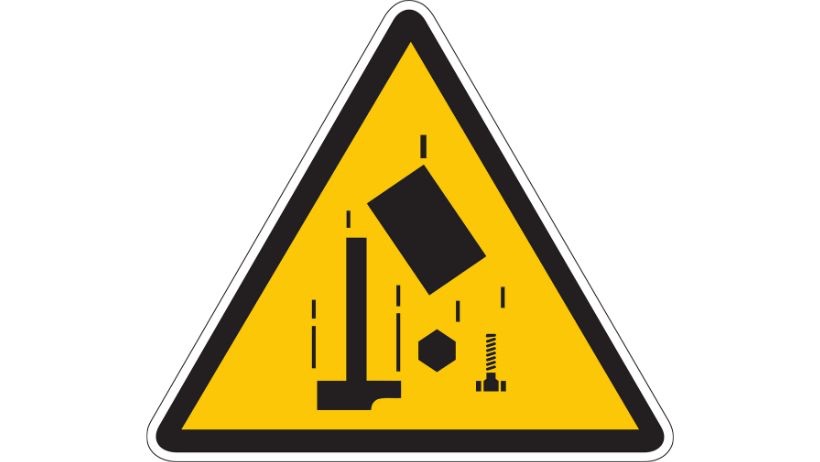 If you want to lower the cost of Contractors' Insurance and other costs, lower the number of accidents and resulting insurance claims by creating a safer work environment. This is particularly true in the construction industry, filled with hazards – moving vehicles, sharp tools, working at great heights, etc. According to the U.S. Department of Labor, in 2021, nearly one in five workplace deaths occurred in the construction industry.
If you want to lower the cost of Contractors' Insurance and other costs, lower the number of accidents and resulting insurance claims by creating a safer work environment. This is particularly true in the construction industry, filled with hazards – moving vehicles, sharp tools, working at great heights, etc. According to the U.S. Department of Labor, in 2021, nearly one in five workplace deaths occurred in the construction industry.
OSHA's Fatal Four – falls, struck-by, caught-in/between, and electrocutions - are the top four causes of construction fatalities. Being struck by vehicles, heavy equipment, and other objects was the top cause of injuries and the second-highest cause of fatal accidents in construction in 2009, according to the Occupational Safety and Health Administration (OSHA).
What is a Struck-By Injury?
"Struck-by injuries occur from violent contact or impact between an object or piece of equipment and a person," according to the Centers for Disease Control and Prevention (CDC). "Struck-by injuries can be fatal, and even when a worker is not seriously injured, can result in days off work to recover." Injuries can result from being struck by flying, falling, swinging, or rolling objects.
Examples of struck-by injuries include a worker being struck by…
- a vehicle or piece of heavy equipment
- a tool or material dropped from a higher level
- falling materials that were improperly stacked or loaded
- flying particles
- an improperly braced structure that collapses
- compressed air
According to OSHA, approximately 75% of struck-by fatalities involve heavy equipment.
Tips to Prevent Struck-By Injuries
Many struck-by injuries are preventable, and there are many steps you can take to ensure worker safety and minimize the risk of struck-by and other injuries. Start by following all OSHA standards and training requirements and these twenty tips:
- Provide safety training to help workers identify and avoid common struck-by hazards
- Ensure workers are adequately trained on tools and equipment
- Enforce the use of hardhats at work sites
- Provide and require appropriate PPE, such as eye and face protection, foot and hand protection, etc.
- Ensure workers are visible with high-visibility apparel
- Inspect vehicles, tools, and equipment to ensure they're in proper working order
- Limit access to work areas
- Require workers to wear seat belts
- Do not drive heavy equipment backward without an audible reverse alarm and/or another worker with a clear view confirming it's safe
- Lower or block end-loader buckets, bulldozer and scraper blades, etc., when not in use
- Set parking brakes when vehicles and equipment are parked
- Do not exceed the rated load or lift capacity
- Use barricades and warning signs where appropriate
- Properly stack materials to prevent sliding or collapse
- Avoid working under loads being used
- Use toe boards, screens, or guardrails on scaffolds to prevent falling objects
- Use debris nets, catch platforms, etc., to catch falling objects
- Reduce compressed air and use with appropriate guarding and PPE
- Only drive vehicles and equipment on roads and grades that are safely constructed and maintained
- Ensure there is a cab shield or canopy on all haulage vehicles loaded by power shovels, loaders, cranes, etc.
Here's How to Lower Your Contractor Insurance Costs
Minimizing injuries and the resulting claims is just one step you can take to lower Contractor Insurance costs.
The experienced agents at American Insuring Group perform an in-depth review of your business. Then, we compare the costs and types of liability insurance for contractors among many competing carriers, providing you with multiple contractor insurance quotes and our recommendation on the best choice for your business. The result? You'll get the precise coverage needed at the best possible price.
Call us today at (800) 947-1270 or (610) 775-3848, or connect with us online.



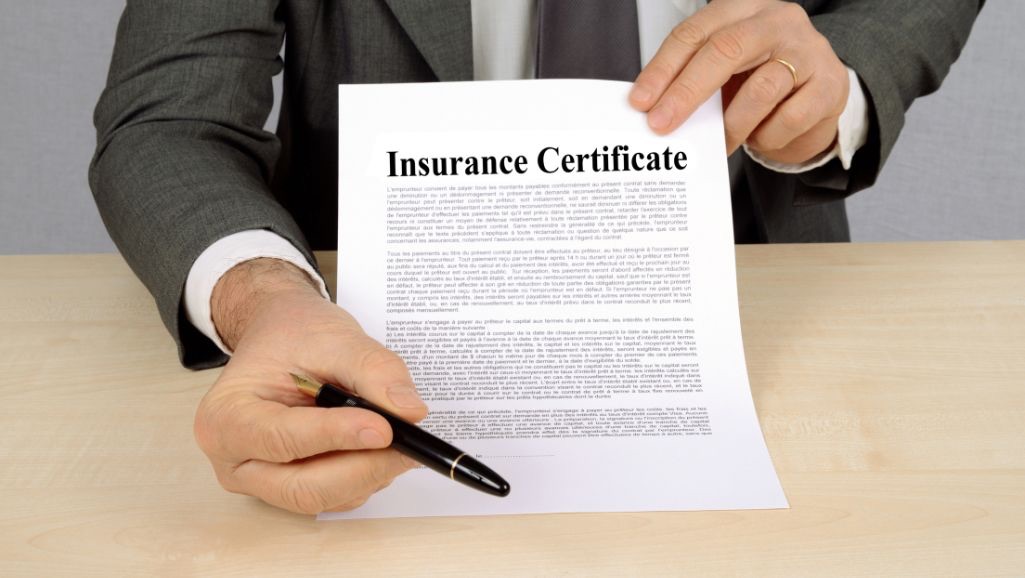
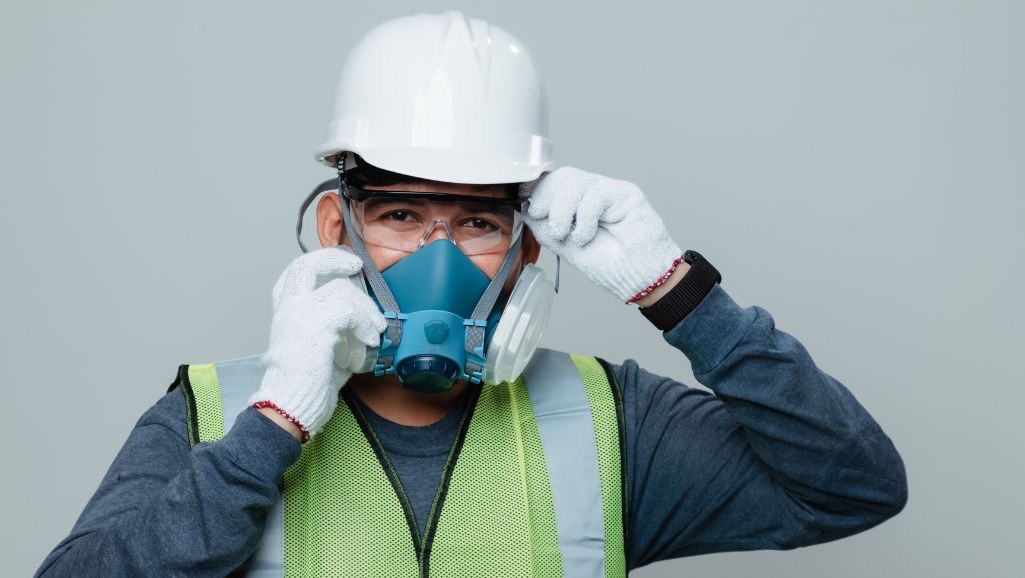 Complying with OSHA’s Respiratory Protection Standard will help keep workers safe, help you avoid fines, and lower
Complying with OSHA’s Respiratory Protection Standard will help keep workers safe, help you avoid fines, and lower  To lower
To lower  Creating a safer worksite is every employer's responsibility and one of the best ways to save on
Creating a safer worksite is every employer's responsibility and one of the best ways to save on 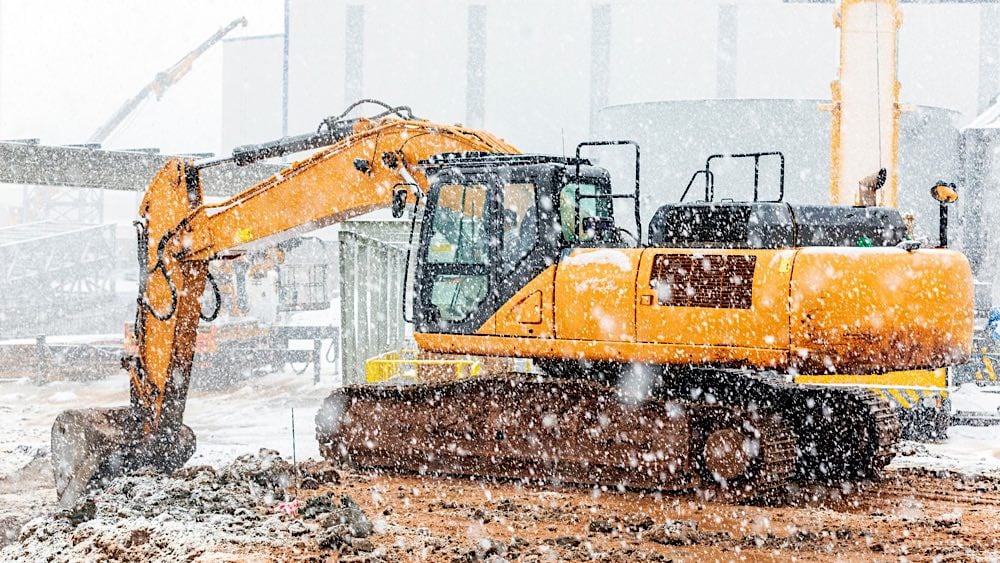 The right
The right  The right
The right  As a general contractor, it may feel as if you’re a Jack of all trades, but sometimes you need to call in an expert (or a subcontractor) – an electrician, plumber, carpenter, etc. – on a project. And sometimes, you are the expert hired as a subcontractor.
As a general contractor, it may feel as if you’re a Jack of all trades, but sometimes you need to call in an expert (or a subcontractor) – an electrician, plumber, carpenter, etc. – on a project. And sometimes, you are the expert hired as a subcontractor. Reducing worksite hazards can help save
Reducing worksite hazards can help save 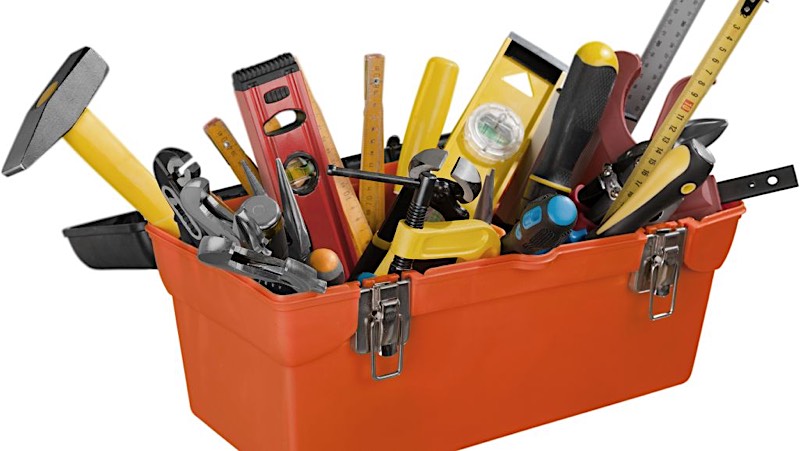 Toolbox talks are designed to improve safety, minimize the risk of injury, and save money – including
Toolbox talks are designed to improve safety, minimize the risk of injury, and save money – including 



